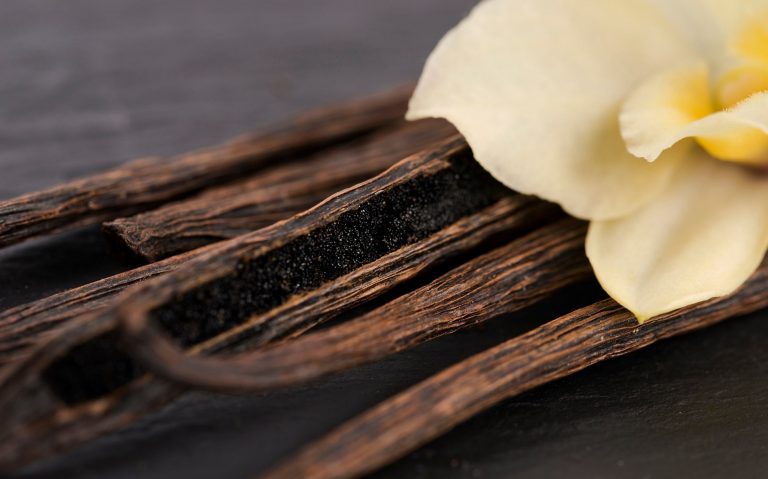Movies porn XXX
🔥Looking for high-quality free porn videos that you can watch anytime, anywhere? You’ve just landed on the ultimate destination for adult content lovers. Our site is packed with thousands of full-length XXX videos in every category imaginable – from amateur homemade porn to professional hardcore scenes, all updated daily and always free.
🆓 100% Free Porn, No Paywalls, No Limits Unlike other adult sites, we never charge you. You don’t need to sign up, verify emails, or subscribe. Just click, play, and enjoy. We believe free porn should be exactly that – free, fast, and fully accessible. Whether you’re into softcore, rough sex, fetish kinks, or romantic love-making, we’ve got you covered.
🎥 HD XXX Videos – Updated Daily All of our videos are hand-picked and added fresh every day. Enjoy crisp HD porn quality, with smooth streaming and no annoying ads that interrupt your pleasure. We feature only the best scenes, trusted sources, and real orgasms from verified studios and users around the world.
🎥 HD XXX Videos – Updated Daily All of our videos are hand-picked and added fresh every day. Enjoy crisp HD porn quality, with smooth streaming and no annoying ads that interrupt your pleasure. We feature only the best scenes, trusted sources, and real orgasms from verified studios and users around the world.
